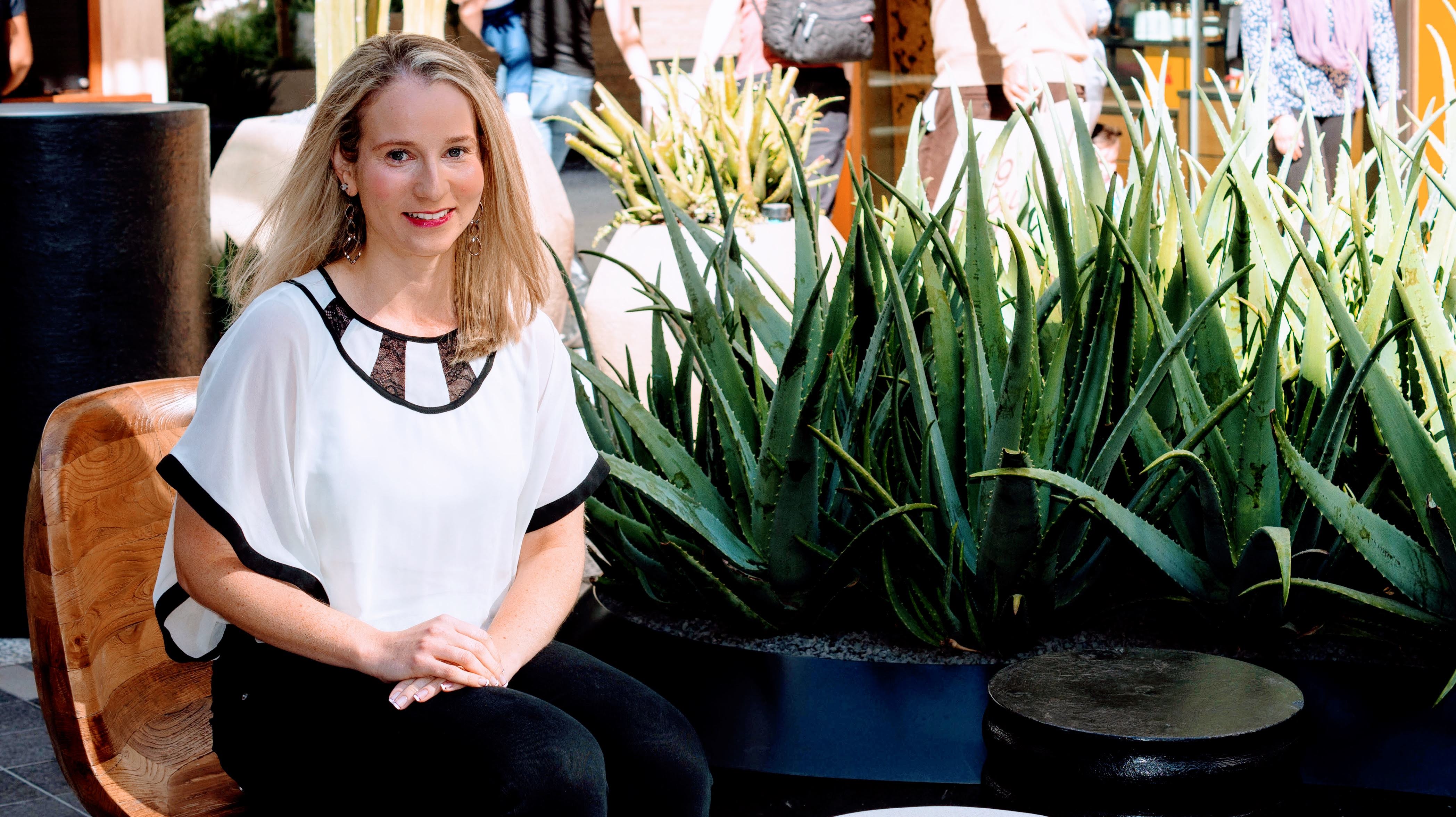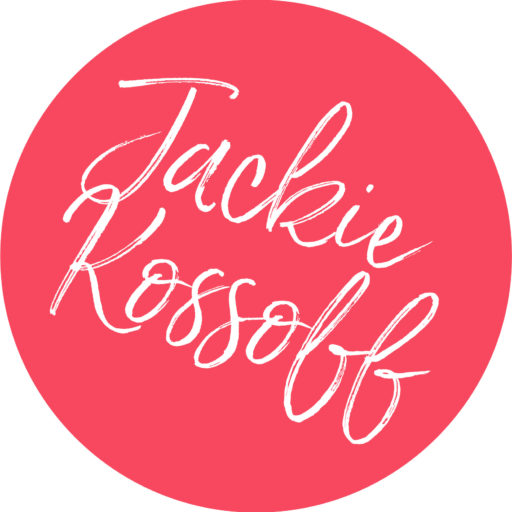
How to Build a Thriving Community: Email
Technology has made connecting with audiences around the world easier than ever, but how do you use email to build a thriving community to help boost your business?
There are 4 types of communities I will be discussing in my series:
- Membership Site
- Facebook Groups
Keep reading to get a more in-depth description of email and make sure to check out my other posts for my tips on mastering each of the platforms.
Community Building Tips
Before we dive into how to build a thriving community using email, I wanted to remind you of a few key tips that are important in any community:
- Focus on what your audience wants.
Your copy should tell your readers what they want to hear, focusing on quality over quantity when it comes to reaching your audience. It doesn’t matter if you put out 3 posts in a day if the content is not relevant the message won’t get through.
2. Make it personal.
Share more about yourself so your community connects and feels they can relate with you. Once they get to know you they will trust your opinion and what you have to say as well as want to invest in the things your passionate about.
3. Don’t cut corners and expect amazing results.
When I first created my email list I made the mistake of skipping creating a strategy before sending out the content – I just wanted to get something out. I ended up with only a few follow-up emails with the longest being only a few paragraphs – it wasn’t something that I was proud of and certainly not something I would submit to a client. I went back and created a strategy that would nurture and entice my audience and saw immediate results.
Ways to Use Email: Business v. Blog
Emails can be used in many ways, but when trying to build a thriving community there are two main ways to use your email: for your business or blog. When your writing emails to boost your blog the desired outcome is just that, you want to grow your following so you’re able to gain more sponsorships and other offers. A business is different in that you’re providing a product or service, so you need to funnel your community to a site using your call-to-action.
Either way, once you begin to build a strong email list it will become a snowball effect in that it will become easier and easier to maintain steady growth.
What Should You Include In Your Email?
If you’re lucky enough to escape the spam folder, you want to make sure your email gets the right response.
Some must-haves to include in your email strategy are:
- Provide an opt-in
- Create a nurture sequence
- Ask for engagement
- Getting people to join (how/where people join)
Provide an Opt-in
The first thing you will need to decide is what you will have for your opt-in? An opt-in is a reward someone would get for opting-in your email list. This can include anything from content downloads to event tickets.
Once your opt-in is decided it’s time to set up the first initial welcome email. This email will go out once someone signs up to be on your mailing list and will include the opt-in you decided on. Since the people receiving the email are mainly looking to get their reward, the initial welcome email should be kept short and stay to the point. Some examples of things you can include are an introduction to yourself, why you created the opt-in offer, and what you want them to get out of it.
Create A Nurture Sequence
A nurture sequence includes at least 5 emails that are created to follow the initial welcome email. This email sequence allows your community to get to know you better as well as connect with you and see the value that you’re bringing into their lives.
These emails are also a great time to take the opportunity to make it clear what benefits you offer them. To do this you can include anecdotes about your experience, testimonials from past clients, or work samples from your best work.
If you’re using email to promote your blog you can give them more information on what your site is about as well as promote older posts that people would not normally see without looking. This allows them to get a sense of what your community is about and can decide if they want to join.
Asking For Engagement
While you’re sending out your nurture sequence it would be an ideal time to ask for people to engage with you by responding to the emails or acting on your call-to-action. You can’t expect people to respond to you so you have to ask for it and let people know that you’re there to respond to! This helps you build your relationship with your community from the start, and when getting responses you’re able to see what kind of things people are reacting positively to.
Getting People To Join Your List
If there’s no way to bring them on then there will be no way to build your community. Make sure to also include your call-to-action in your emails! You might have great content that excites your community but if you don’t give them an action to take, like a sign-up link, then how can you expect them to properly engage with you? People aren’t going to take that action for you, you need to tell them what they are going to get and how to get it.
Strategies: Organic v. Paid
No matter how you build your strategy you should make sure to use both organic and paid strategies. An organic strategy includes going out and making social posts or reaching out to people directly while a paid strategy would include social media advertisements and SEO targeting.
Gaining a following organically is a lot less expensive than paid, but it’s a lot harder to gain a following this way. While you can still grow your community organically, using paid ads is the most effective in quickly growing your audience since you are paying to have your content put in front of your audience.
Whether you grow your community on email, Facebook, Instagram, or membership sites these tips are meant to help you grow your community. If you still find yourself confused I would love to help you get a strategy set up during a complementary strategy call!
